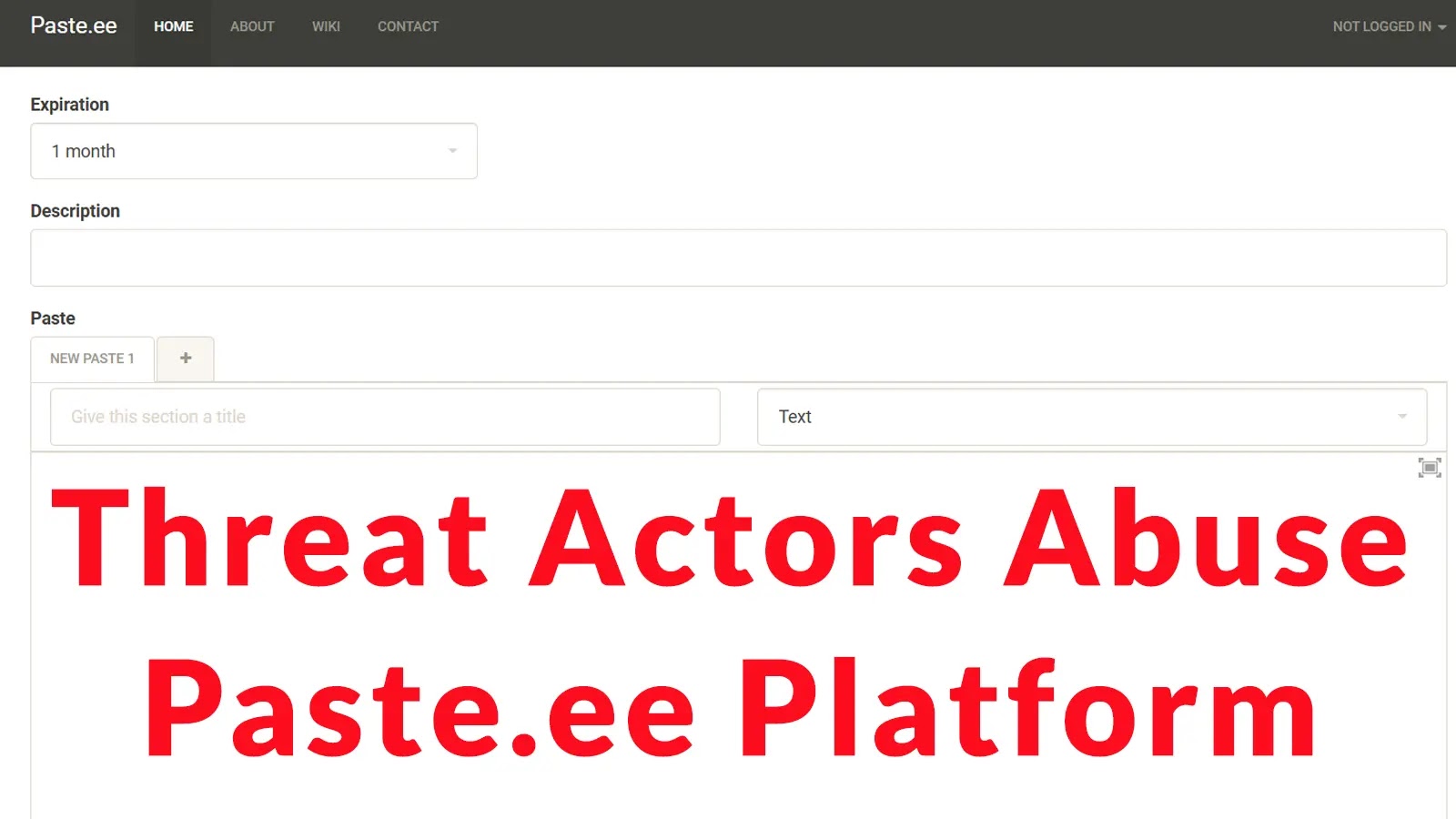Atroposia RAT: The New Stealthy Cyber Threat with Advanced Remote Desktop Capabilities
A new remote access trojan (RAT) named Atroposia has surfaced, presenting a significant threat in the cybercriminal landscape. This sophisticated malware combines stealth with a suite of attack features, making it a formidable tool for cybercriminals.
Atroposia operates as a modular, turnkey toolkit designed to lower the technical barriers for attackers of varying skill levels. Priced at approximately $200 per month or $900 for six months, it democratizes access to advanced cyberattack capabilities that were once the domain of highly skilled threat actors.
The malware’s design reflects a troubling trend in cybercrime: the bundling of multiple offensive capabilities into user-friendly platforms. Similar to tools like SpamGPT and MatrixPDF, Atroposia offers features such as hidden remote desktop takeover, credential harvesting, cryptocurrency wallet theft, DNS hijacking, and vulnerability scanning. These are all managed through encrypted command-and-control communications.
Its intuitive control panel and plugin builder architecture enable even those with minimal technical expertise to orchestrate complex intrusions into enterprise environments.
The cybersecurity landscape shifted notably when researchers identified Atroposia circulating in underground forums. Analysts observed that the malware automatically escalates privileges by bypassing User Access Control mechanisms and installs multiple persistence techniques to maintain access across system reboots. These capabilities allow attackers to blend seamlessly into compromised systems, evade antivirus software, and maintain a long-term presence without triggering security alerts.
Hidden Remote Desktop Access and System Persistence
One of Atroposia’s most insidious features is its hidden remote desktop protocol implementation, branded as HRDP Connect. This functionality spawns covert desktop sessions in the background, creating invisible shadow logins that grant attackers complete system interaction capabilities.
When exploited, victims see no on-screen indication of remote control, allowing intruders to surveil activities, access sensitive documents, manipulate workflows, and piggyback on authenticated sessions without detection. The legitimate user remains entirely unaware of the intrusion occurring in real time.
The hidden RDP capability bypasses traditional remote access monitoring systems since it doesn’t generate standard remote desktop notifications or logged-in user prompts. Attackers can conduct espionage and data theft activities while operating under the guise of legitimate user sessions.
Combined with Atroposia’s dedicated file manager providing complete remote file system access, operators can exfiltrate sensitive data through fileless techniques that minimize on-disk footprints and evade data loss prevention systems. The malware’s Grabber module can automatically hunt files by extension or keyword, compress them into password-protected archives, and extract data entirely in memory, leaving minimal forensic traces.
The emergence of Atroposia exemplifies how cybercrime continues evolving into a service industry where sophisticated attack capabilities no longer depend on threat actor expertise but rather financial access and market availability.



